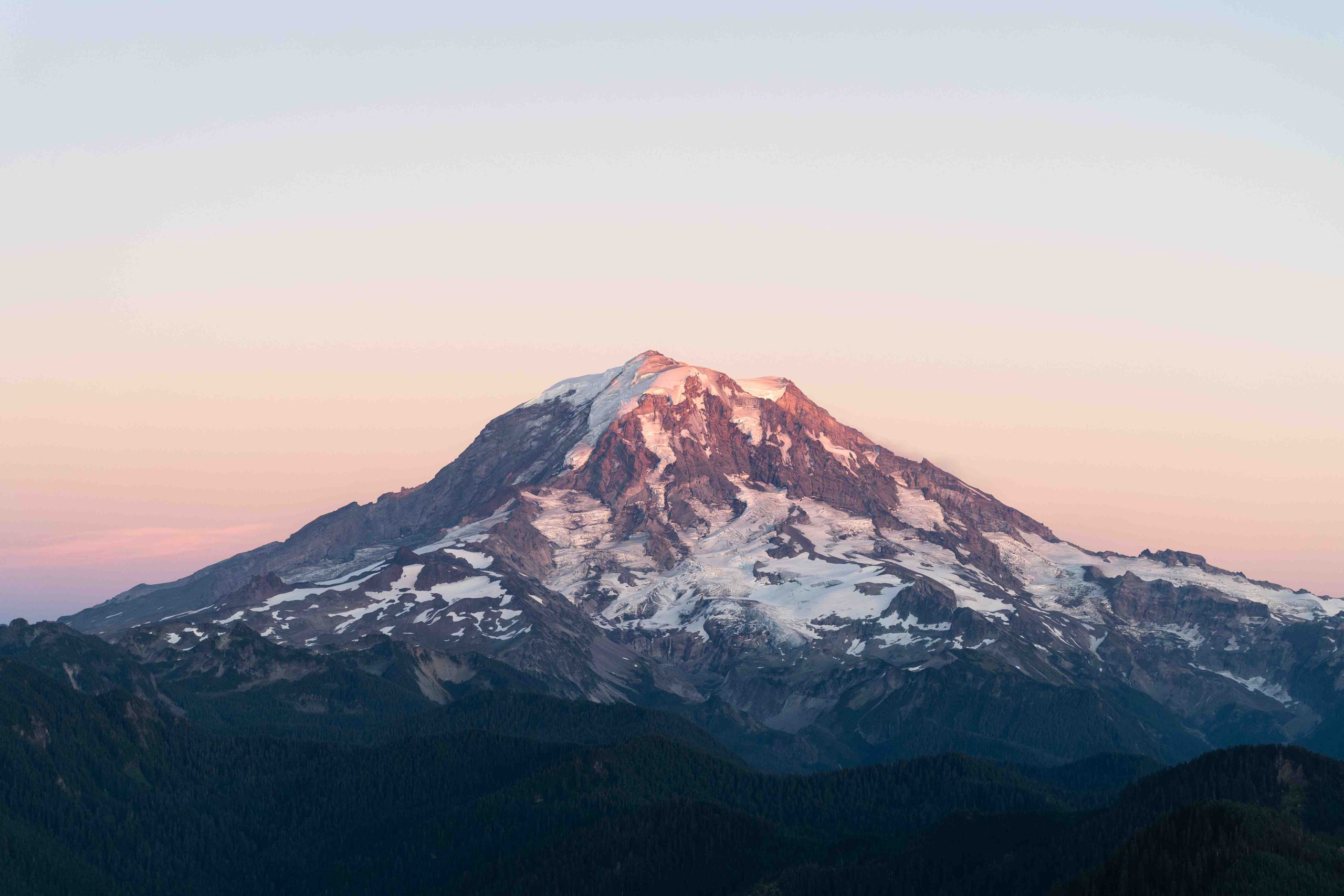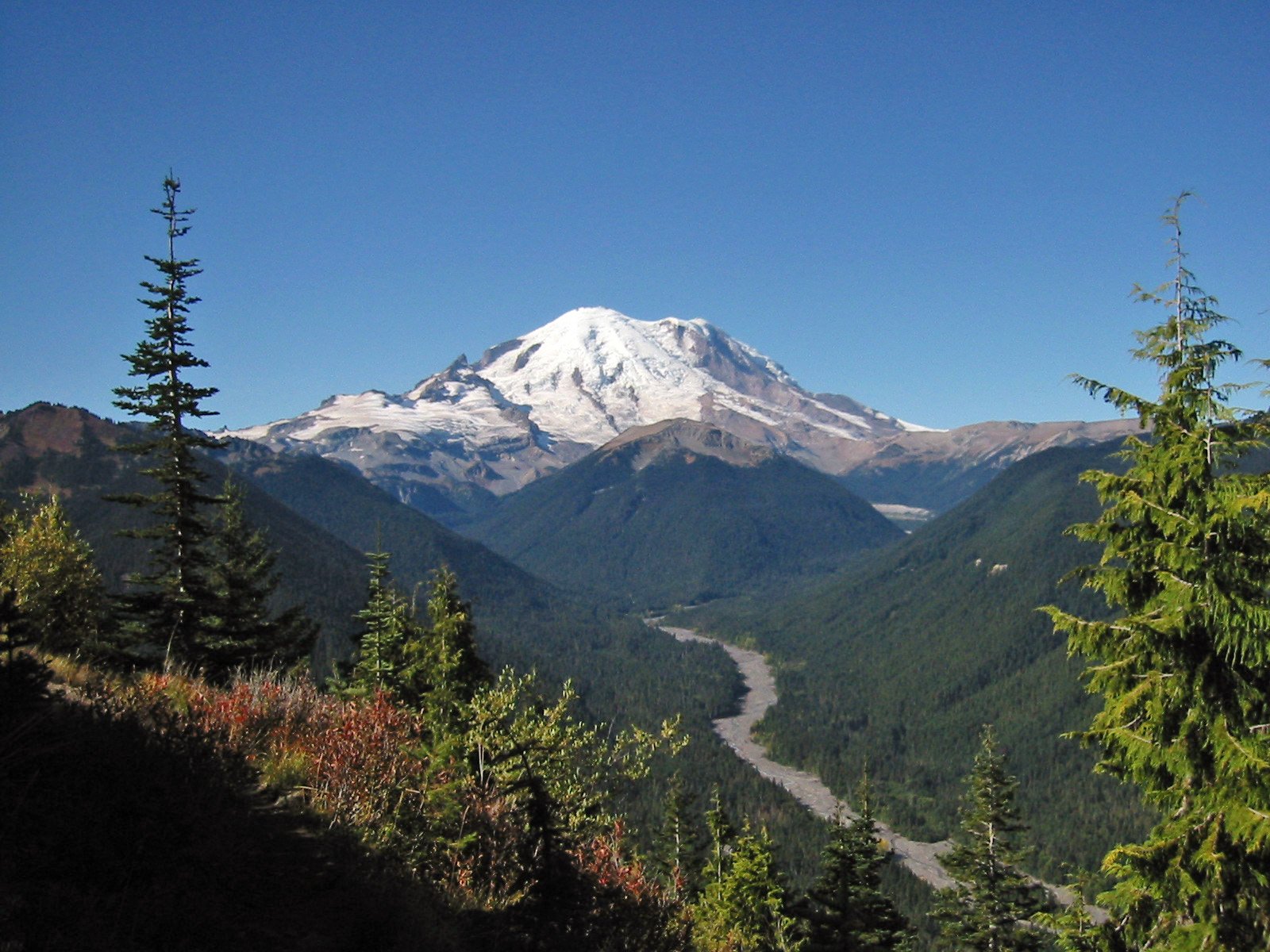Mount Rainier National Park, known for its majestic peak and diverse ecosystems, once boasted accessible hot springs. The Ohanapecosh Hot Springs, located in the park’s southeastern area, were a popular attraction. However, these springs are no longer available for soaking due to conservation efforts. Despite this, the park’s geothermal features and nearby hot spring alternatives continue to intrigue visitors. This guide explores the history of Mount Rainier’s hot springs, their current status, and provides information on alternative soaking options in the surrounding areas.
What is the History of Hot Springs in Mount Rainier National Park?

The Ohanapecosh Hot Springs have a rich history within Mount Rainier National Park. These springs were once a popular destination for visitors seeking therapeutic mineral baths. The area around the springs was developed in the early 20th century, featuring bathhouses and other facilities to accommodate tourists.
- Location: Ohanapecosh area, approximately 10 miles north of Packwood
- GPS Coordinates: 46.7333° N, 121.5667° W
- Historical Temperature: Up to 120°F (49°C)
- Mineral Composition: Rich in minerals from volcanic rock
Over time, concerns about the environmental impact of heavy visitor use led to changes in management. The National Park Service decided to remove the bathing facilities and restore the area to its natural state. Today, while the hot springs still exist, they are not accessible for soaking.
Why Are the Hot Springs in Mount Rainier National Park No Longer Accessible?

The decision to close the Ohanapecosh Hot Springs to public use was driven by several factors:
- Environmental Conservation: Protecting the delicate ecosystem surrounding the springs
- Safety Concerns: Potential risks associated with unregulated use of thermal features
- Restoration Efforts: Returning the area to its natural state
- Resource Management: Balancing visitor use with preservation of natural features
While visitors can no longer soak in the hot springs, the area remains an important part of the park’s geological and cultural history. The Ohanapecosh Visitor Center offers educational resources about the springs and their significance.
What Geothermal Features Can Visitors Observe in Mount Rainier National Park?
Although soaking is no longer permitted, visitors can still observe and learn about the park’s geothermal features:
- Hot Spring Seeps: Warm water emerging from underground
- Mineral Deposits: Colorful formations created by mineral-rich water
- Steam Vents: Areas where hot gases escape from the earth
- Warm Streams: Water heated by geothermal activity
These features provide insight into the volcanic nature of Mount Rainier and the complex geological processes occurring beneath the surface.
Where Can Visitors Learn About Mount Rainier’s Hot Springs?
The Ohanapecosh area offers several opportunities to learn about the park’s hot springs:
- Ohanapecosh Visitor Center
- Exhibits on local geology and hot spring history
- Self-guiding booklets for nature walks
-
Ranger-led programs (seasonal)
-
Hot Springs Nature Trail
- Easy 0.5-mile loop
- Interpretive signs explaining geothermal features
-
Views of former hot spring sites
-
Park Publications
- Brochures and guidebooks available at visitor centers
- Online resources on the National Park Service website
What Are the Best Hot Springs Near Mount Rainier National Park?
While Mount Rainier National Park no longer offers soaking opportunities, several hot springs are located within a few hours’ drive:
| Hot Spring | Location | Distance from Park | Accessibility | Cost |
|---|---|---|---|---|
| Goldmyer Hot Springs | North Bend, WA | ~2 hours | 4.5-mile hike | $30/adult |
| Olympic Hot Springs | Olympic National Park | ~3 hours | 2.5-mile hike | $8 |
| Scenic Hot Springs | Skykomish, WA | ~2 hours | Short hike | $10+ |
Goldmyer Hot Springs
- Trail Difficulty: Moderate, 1,200 ft elevation gain
- Amenities: Outhouses, campsites
- Reservation: Required, limited daily entries
Olympic Hot Springs
- Trail Difficulty: Easy to moderate
- Amenities: Limited facilities
- Permit: Wilderness permit required
Scenic Hot Springs
- Access: Private property, reservation required
- Capacity: Limited to small groups
- Season: Year-round, weather permitting
How Can Visitors Responsibly Enjoy Hot Springs in the Region?
When visiting hot springs near Mount Rainier National Park, follow these guidelines:
- Make Reservations: Many hot springs require advance booking
- Leave No Trace: Pack out all trash and belongings
- Respect Temperature Limits: Avoid prolonged soaking in very hot water
- Stay Hydrated: Drink plenty of water before and after soaking
- Observe Wildlife from a Distance: Do not disturb local fauna
- Follow Local Rules: Adhere to specific guidelines for each hot spring
What Should Visitors Know About Safety at Hot Springs?
Safety is paramount when visiting hot springs. Keep these points in mind:
- Water Temperature: Test before entering; avoid springs over 104°F (40°C)
- Bacteria Risks: Do not submerge your head or drink the water
- Slippery Surfaces: Use caution on wet rocks and paths
- Remote Locations: Inform others of your plans and carry emergency supplies
- Weather Conditions: Be prepared for sudden changes, especially in mountain areas
- First Aid: Know basic first aid and carry a kit
By following these guidelines, visitors can safely enjoy the hot springs experience while preserving these natural wonders for future generations.
